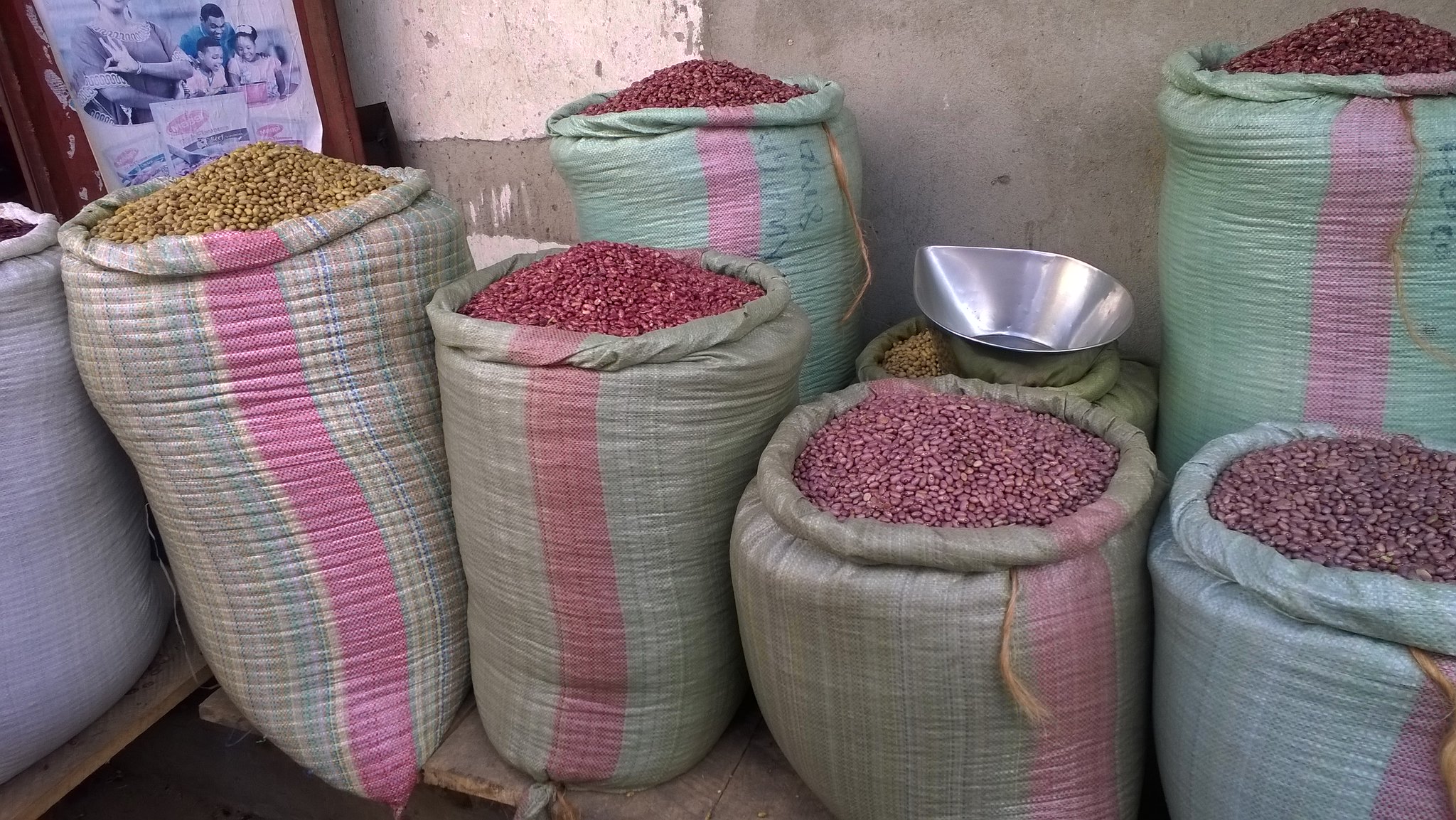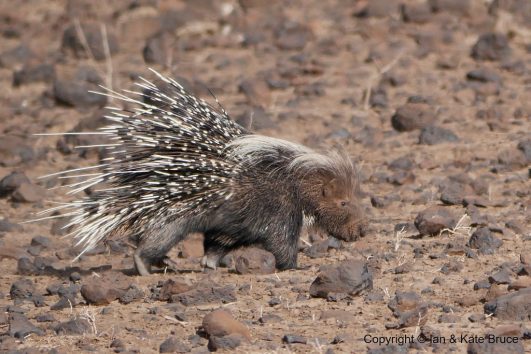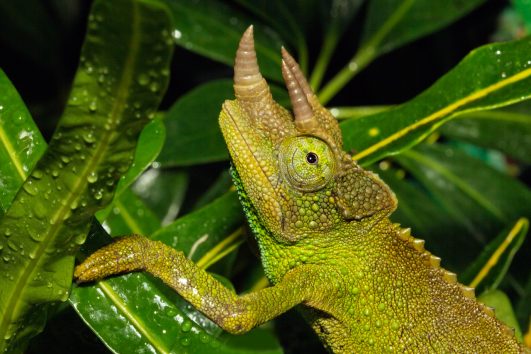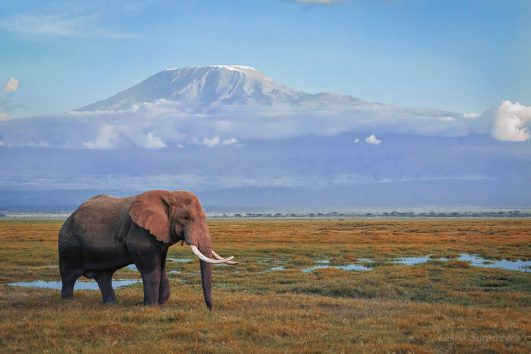Beans are a broad category of legumes, encompassing various species and types, each with unique characteristics but sharing common traits in cultivation and use. Beans, with their versatility in cultivation, nutritional benefits, and cultural importance, play a vital role in global agriculture, contributing to food security and sustainable farming practices. In Kilimanjaro region and Tanzania as a whole, beans are an important diet to the lives of Tanzanians. It goes side by side with maize and there is a popular dish in Tanzania called “makande” which is a mixture of maize and beans. There is also a similar delicacy in Kenya called “githeri” mostly popular amongst the Kikuyu people of Central Kenya.
Beans are the predominant pulse crop cultivated in the Kilimanjaro region. Here’s an overview of their cultivation and production:
- Household Participation: During the long rainy season, 103,410 households grew beans, with 73,082 households participating in the short rainy season.
- Total Production: The region produced 17,662 tonnes of beans from an area of 77,486 hectares, yielding an average of 0.4 tonnes per hectare.
District-Specific Data:
- Rombo: Second largest in terms of area planted with beans at 13,664 hectares.
- Same: Followed by Same with 10,820 hectares. Same also had the highest average area per household at 0.4 hectares.
Average Area Planted per Household:
- During the long rainy season, the average area planted per household was 0.3 hectares, with minor variations across districts ranging from 0.20 to 0.40 hectares.
Production Trends Over Time:
- 1996/97 to 1999/00: Bean production saw a steady increase from 6 tonnes to 33 tonnes.
- Post-2000: Production began to decline, dropping to 18 tonnes by 2003.
Fluctuations in Area and Production:
- From 1997 to 2003, the area planted with beans increased significantly. However, the production of beans fluctuated over these years, as indicated by survey results.
Botanical Characteristics
- Family: Beans belong to the Fabaceae (or Leguminosae) family, known for its nitrogen-fixing capabilities.
- Species: Common types include Phaseolus vulgaris (common bean), Phaseolus lunatus (lima bean), Vigna unguiculata (cowpea or black-eyed pea), and Glycine max (soybean), though soybeans are often treated separately due to their distinct uses.
Growth Cycle
- Germination: Bean seeds require warm soil for germination, typically above 15°C (59°F). Germination can take from 7 to 14 days, depending on the variety and conditions.
- Vegetative Growth: After sprouting, beans develop a pair of cotyledon leaves followed by true leaves. The plant grows either as a bush or a vine, depending on the variety.
- Bush Beans: Compact and self-supporting, they grow to about 2 feet tall.
- Pole Beans: Vining types that require trellises or poles for support, can grow up to 10 feet or more.
Reproductive Growth
- Flowering: Beans produce flowers that are typically white, pink, or purple. These flowers are self-pollinating but can also be cross-pollinated by insects.
- Pod Development: After pollination, pods develop. Each pod contains several seeds (beans), which mature over time. The time from planting to harvest can range from 50 to 100 days, depending on the bean type.
Cultivation
- Climate: Beans generally prefer warm conditions but can tolerate a range of climates. They are sensitive to frost.
- Soil: They thrive in well-drained, loamy soil with a pH between 6.0 and 7.0. Beans can improve soil fertility by fixing nitrogen, which is beneficial for crop rotation.
- Water Needs: Adequate moisture is crucial, especially during flowering and pod development, but overwatering can lead to root rot.
Economic and Nutritional Importance
- Global Production: Beans are a staple in many diets worldwide, with major producers including Brazil, India, China, and the United States.
- Nutritional Value: Beans are rich in protein, fiber, vitamins, and minerals, making them an essential part of vegetarian and vegan diets. They’re also low in fat and cholesterol-free.
- Uses:
- Food: Eaten fresh, dried, or canned. Used in soups, stews, salads, and as a side dish.
- Animal Feed: Some bean varieties are grown for fodder.
- Industrial: Beans like soybeans are used in various industrial applications, including biofuel production, plastics, and textiles.
Cultural Significance
- Historical: Beans have been cultivated for thousands of years, with archaeological evidence suggesting domestication around 8,000 years ago in Mesoamerica.
- Symbolism: In various cultures, beans symbolize fertility, prosperity, and are often used in traditional dishes during festivals.
Challenges
- Pests and Diseases: Common issues include bean beetles, aphids, and diseases like anthracnose, rust, and root rot.
- Genetic Diversity: There’s a wide genetic diversity in beans, which is both an advantage for resilience and a challenge for standardized cultivation.
Sustainability
- Crop Rotation: Beans are often part of crop rotation systems due to their ability to fix nitrogen, reducing the need for synthetic fertilizers.
- Organic Farming: Beans are well-suited for organic farming practices, benefiting from natural pest control methods and composting.
Additional information
| Habitat | Cultivation Zone |
|---|




